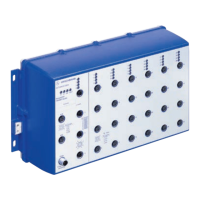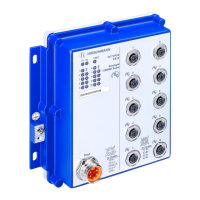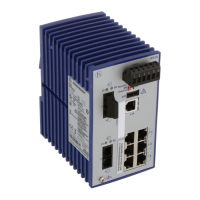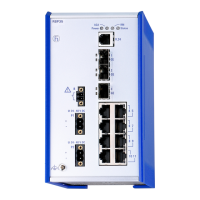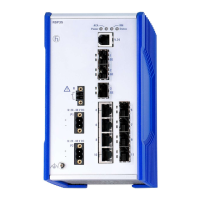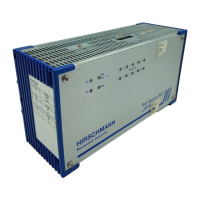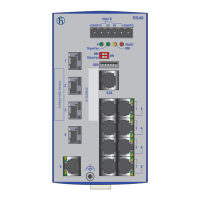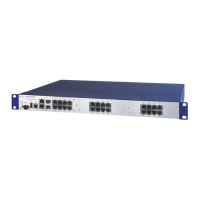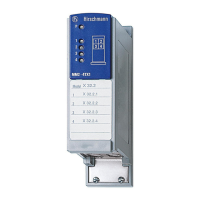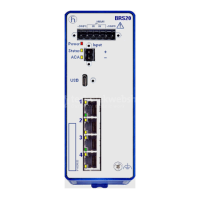Installation OS20/OS30
Release
03
06/2015
23
2.2 Installing and grounding the device
2.2.1 Mounting on a flat surface
To protect the exposed uninstalled contacts of the components from dirt,
connect the individual system components in a dry and clean working area.
Install the device in a location where the climatic threshold values specified
in the technical data are adhered to.
Make sure the environment does not heat the device. It can be mounted on
temperature-isolating material.
Protection class IP67 is only achieved when the device is screwed on.
Protection class IP67 is only achieved when all the components
connected fulfill protection type IP67.
Only connect plugs and other components that fulfill protection class IP67
and that are certified for a temperate range from −40 °F to +158 °F
(−40 °C to +70 °C).
Relevant for North America:
Only connect plugs and other components that fulfill protection class IP67
and that are certified for a temperate range from −40 °F to +140 °F
(−40 °C to +60 °C).
Proceed as follows:
Prepare the drill holes at the installation point.
Mount the device on a level surface with four M5 screws.
Seal all unused connections and ports with the appropriate protection
caps or protection screws.
See “Accessories” on page 35.
2.2.2 Grounding the device
Grounding the device is by means of a separate ground connection on the
device.
See “Device views” on page 13.
The overall shield of a connected shielded twisted-pair cable is connected to
the metal housing as a conductor.
Connect the grounding conductor to the grounding screw at the device
housing.
Use toothed washers to ensure good electrical conductivity at the
connection.
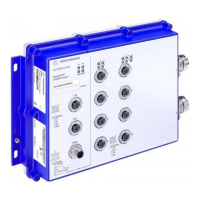
